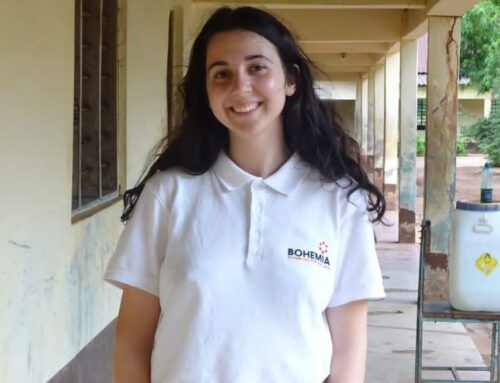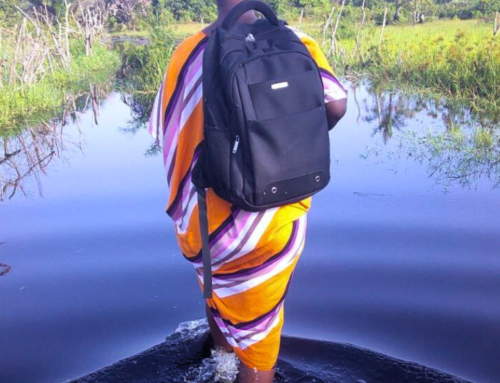In the year 1868, an Asturian weaver named Modesto Cubillas was out hunting on the Altamira fields near Santillana del Mar in Cantabria. While chasing prey, his dog became wedged between some rocks.
When Cubillas went to free the dog, he saw that the crack where the animal had become trapped was in fact the entrance to a cave. Such a discovery was hardly unprecedented, but nonetheless Cubillas informed the landowner, Marcelino Sanz de Sautuola, of what he had found.
Nearly ten years passed. One day, Sanz de Sautuola, who came from a well-off family and had a keen interest in palaeontology, decided to search for fossils on the Altamira property. He brought along his eight-year-old daughter, María. While poking around in the cave, the young girl looked up at the ceiling and discovered the Altamira paintings. “Look, Papa—oxen!” Sanz de Sautuola had recently attended the Paris International Exposition of 1878, where he had been enormously fascinated by the collection of prehistoric objects. There in the cave, he immediately made the connection between the cave art displayed in France and the images before his eyes.
“Look, Papa—oxen!” The young girl looked up at the ceiling and discovered the Altamira cave paintings.
Convinced of the value of his discovery, Sanz de Sautuola contacted a group of researchers in Madrid and found an artist to make a copy of the drawings. The scientists began studying the cave and presented their findings at an international conference in Lisbon in 1880. Unfortunately, the presentation was a complete disaster. The community of experts ridiculed the findings and even accused Sanz de Sautuola of fraud.
The discovery of the Altamira cave paintings was a breakthrough in our understanding of one of the most important periods of prehistoric art. Sadly, Sanz de Sautuola did not live to see the vindication of his discovery. It was not until similar artworks were found in France in the 20th century that the experts changed their position. At long last, the Altamira drawings were internationally recognised as authentic and dated to the Upper Palaeolithic.
The community of experts ridiculed the findings and even accused Sanz de Sautuola of fraud.
In short, Sanz de Sautuola and his supporters defended a visionary idea that contradicted expert opinion but turned out to be true: that primitive humans were able to perceive aesthetics and create art.
Now let’s jump ahead to the year 2010, when scientists from ISGlobal were hard at work researching drugs to fight the malaria-transmitting Anopheles<e/m> mosquito. Eventually they came up with a revolutionary idea with the potential to open up a new approach against malaria: What if people and livestock could kill Anopheles mosquitoes with their own blood?
Ivermectin is an effective medication against numerous parasites, including roundworms, but also against arthropods like the Anopheles mosquito. The hypothesis goes like this: If we use ivermectin to treat people and livestock living in Anopheles-inhabited areas, mosquitoes will absorb the drug from the blood of their victims and die before they can transmit the malaria infection to anyone else.
What if people and livestock could kill Anopheles mosquitoes with their own blood?
Like Sanz de Sautuola, the ISGlobal team were convinced that their idea was viable, so they started reaching out to leading malaria experts. They spoke with internationally renowned researchers who agreed that the idea was very good but lacked the resources to develop it further. Initially, financial institutions showed little interest in using ivermectin for vector control in malaria, but eventually Unitaid—an international organisation working to eradicate AIDS, tuberculosis and malaria—decided to focus on this drug as a cheap and effective method against malaria. The ISGlobal researchers held steady and kept reaching out to influential figures in the field. Their efforts paid off in 2019 when Unitaid awarded a $25.3 million grant to a project called BOHEMIA (Broad One Health Endectocide-based Malaria Intervention in Africa).
As in the case of the Altamira cave paintings, a bold yet controversial idea faced a long uphill journey before eventually coming to fruition. But perseverance pays off. We’ve seen the oxen. Now we have to figure out whether or not this is truly prehistoric art.

File source: http://commons.wikimedia.org/wiki/
File:Reproduction_cave_of_Altamira_01.jpg






